
Is There a Value to the One-Hour Easy Ride?
We all understand the purpose of high-intensity intervals and long endurance rides, but is there a value to kitting up and doing a workout that’s both short and easy?
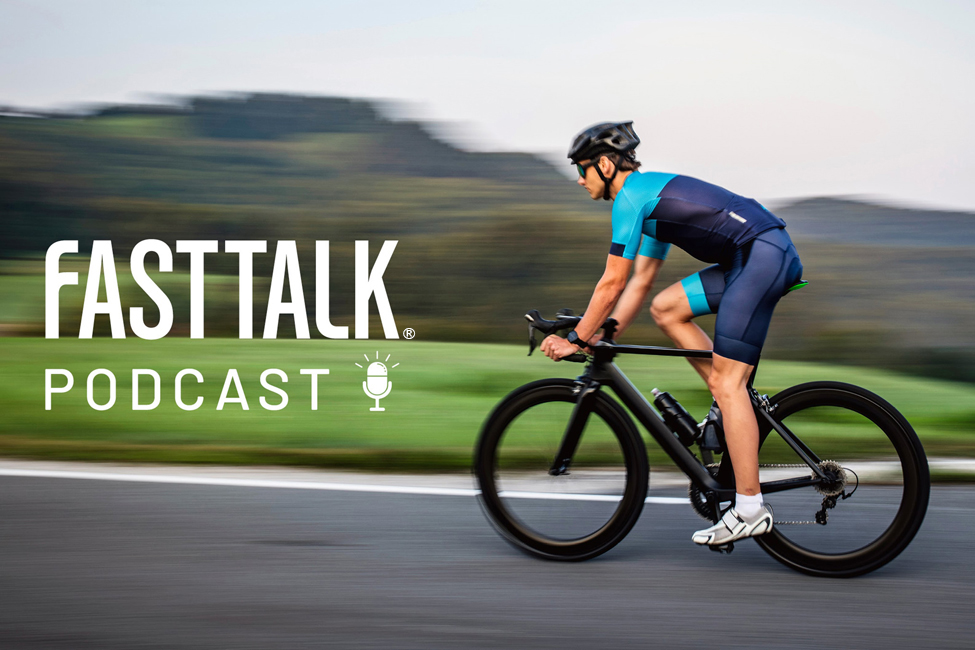
The Fast Talk Podcast focuses on the science of endurance sports in a conversational and informative style. Mixed into the deep discussions, there are tips and takeaways regarding endurance training philosophy, human physiology, workout design, performance nutrition, and sport psychology.
Our hosts Trevor Connor and Rob Pickels explore these topics with world-class, leading experts on endurance sports. These include researchers like Dr. Stephen Seiler, Dr. Bent Ronnestand, Dr. Inigo San Millan, as well as coaches such as Joe Friel, Neal Henderson, Stacy Sims, and Grant Holicky.
Subscribe to Fast Talk for over 275 episodes on Apple Podcasts, Google Podcasts, Overcast, Soundcloud, Spotify, Stitcher, and on your favorite podcasting app.

We all understand the purpose of high-intensity intervals and long endurance rides, but is there a value to kitting up and doing a workout that’s both short and easy?
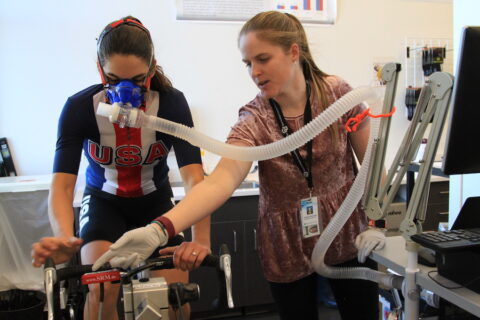
Time at VO2max is driving the recent research on what makes the most effective intervals, but is it a good metric to use? We find out on this week’s Fast Talk podcast.
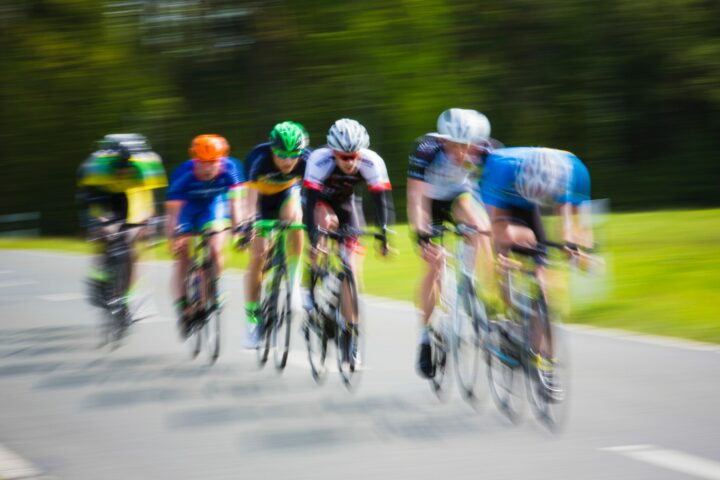
High-intensity training offers many benefits. It also has limitations. We explore just how much HIT work you need to perform at your best.
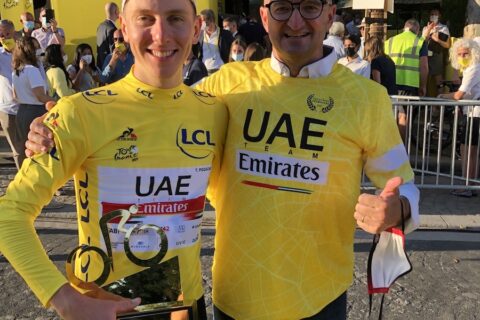
Elite cycling coach Dr. Iñigo San Millán explores the goals of training during the early season, base training months and how to best execute that training.
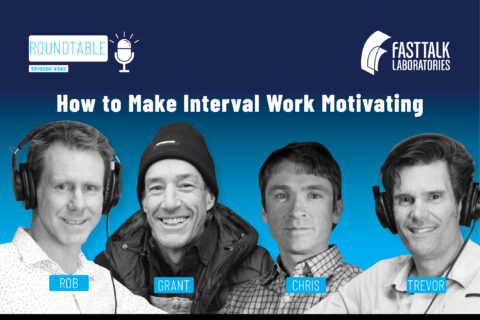
Our team of coaches got together and discussed why we do intervals, how to execute them, and most importantly, how to make them more fun.
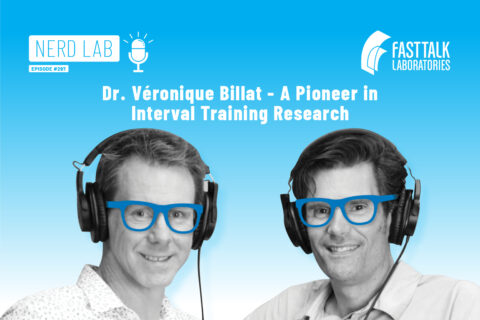
In the early days of interval training research, it was hard not to come across the name of Dr. Véronique Billat who shaped much of our current understanding of interval training.
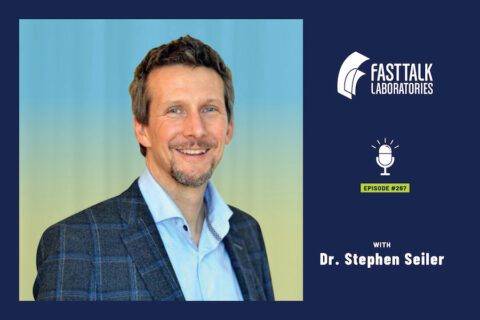
Interval workouts are often tough and many athletes finish them wondering if they were effective. We discuss how to get the most from your interval workouts with Dr. Stephen Seiler.

We cover some of the seminal research from Dr. Laursen on high-intensity interval training and dehydration.

In this special Nerd Lab episode, we focus on three recent studies published by Dr. Bent Ronnestad that are all focused on improving time at VO2max.

We have a wide range of odd and interesting topics for you in this week’s show.
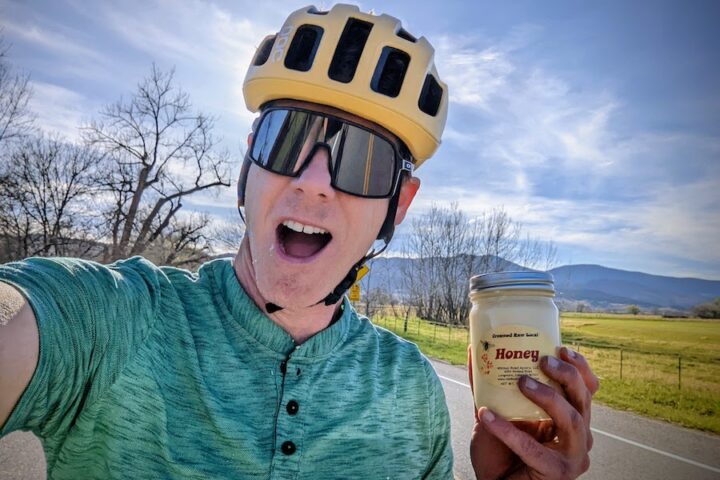
Our hosts have a “potluck discussion” about athletes’ different needs for carbohydrates, how 2×2-min intervals compare to Tabatas, and why current athletes can come back much quicker from time off.
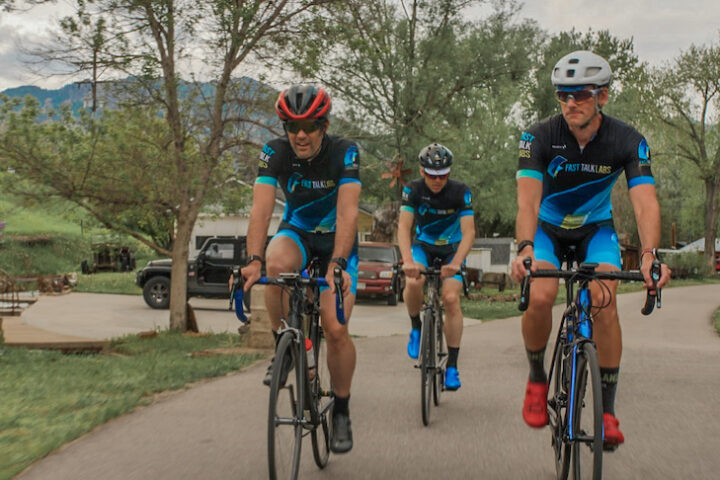
Fast Talk all-star guests including Dr. Iñigo San Millán, Kendra Wenzel, Joe Friel, Lennard Zinn, and Brent Bookwalter reveal their favorite workouts.
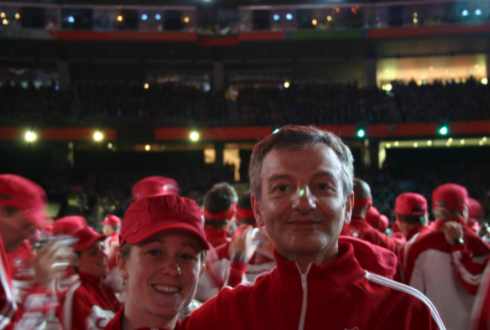
We’re joined by Houshang Amiri, a UCI Elite Coach and Trevor Connor’s coach at the Canadian National Center, to address questions about gran fondo endurance, developing anaerobic power, and how to pace 5×5 interval workouts.
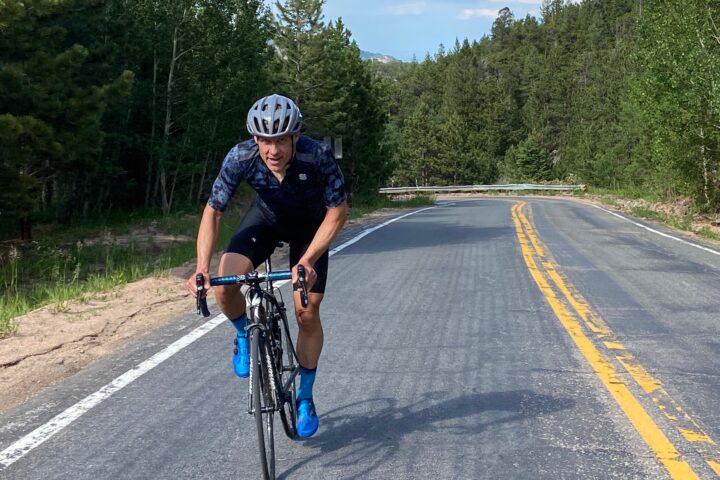
Fast Talk all-star guests including Dr. Iñigo San Millán, Dirk Friel, and Ben Delaney reveal their favorite workouts.

High-intensity training offers many benefits. It also has limitations. We explore just how much HIT work you need to perform at your best.
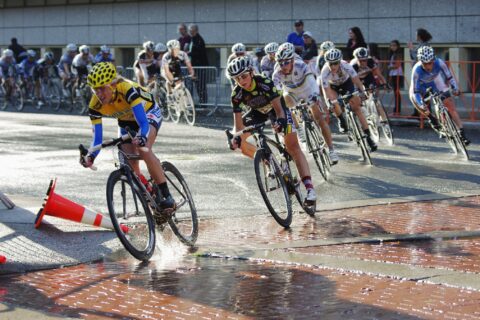
Former Fast Talk guests including Ted King, Lindsay Golich, and Kristin Armstrong discuss their favorite workouts and their benefits.
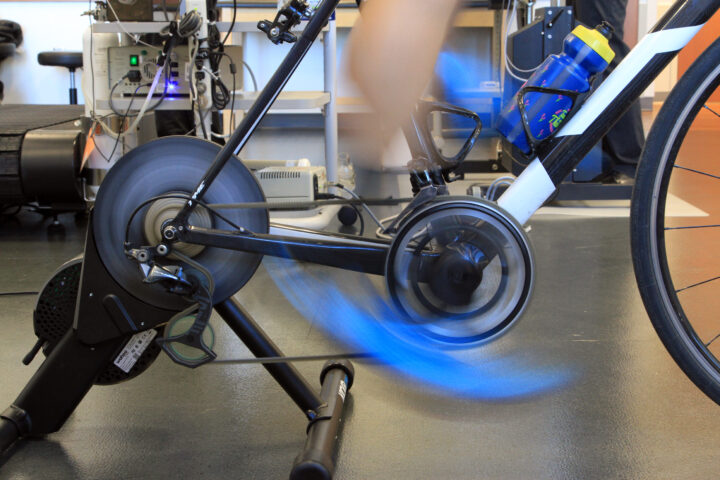
We review four recent studies from the scientific literature, addressing the hypotheses, methods, and conclusions of each to give you a greater understanding of the latest findings in endurance research.

Pro mountain biker and coach Hannah Finchamp helps us field questions on time-crunched training, zone 1, interval design, and more.
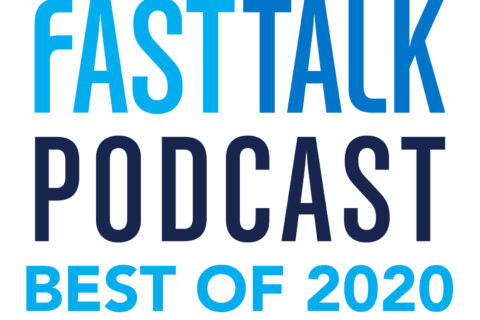
We bring you our favorite conversations with exceptional guests from the worlds of physiology, medicine, nutrition, sports psychology, and, of course, cycling.
Our new Head Coach Ryan Kohler answers listener questions on weight loss, metabolism, mountain bike descending, and 5×5 interval workouts.
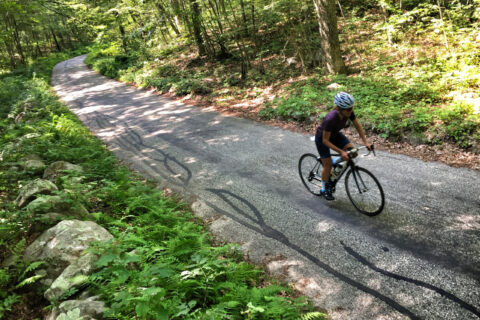
Why do we have rest periods at all? In this episode we dig into the details of this question, along with examining different interval types and the appropriate rest for each.
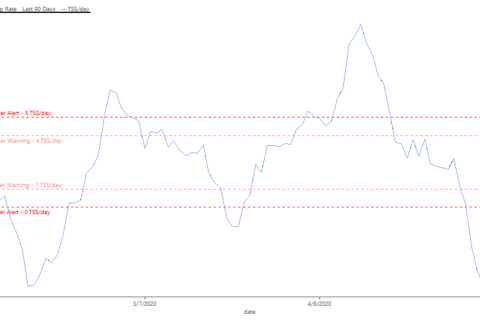
Listener Q&A on high intensity (HIIT vs. HIT), pyramid intervals vs. Tabata intervals, gut health, recovery, and CTL